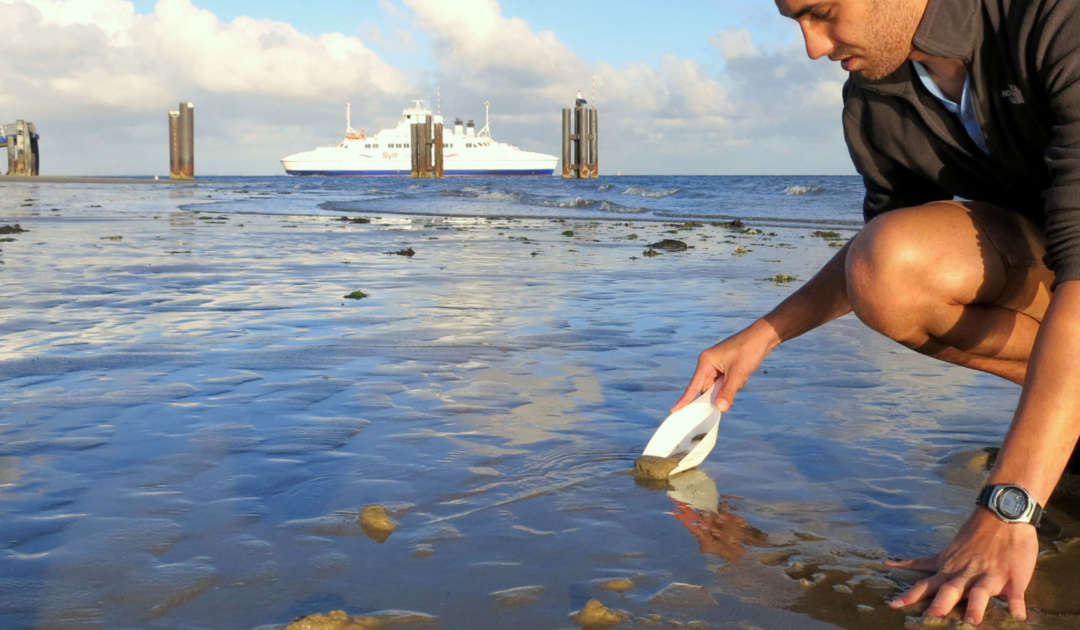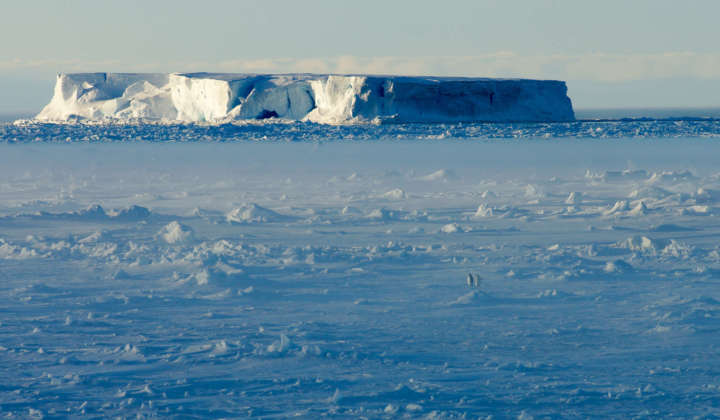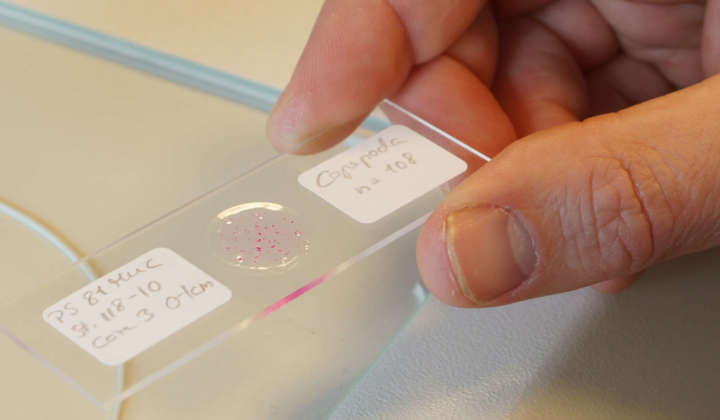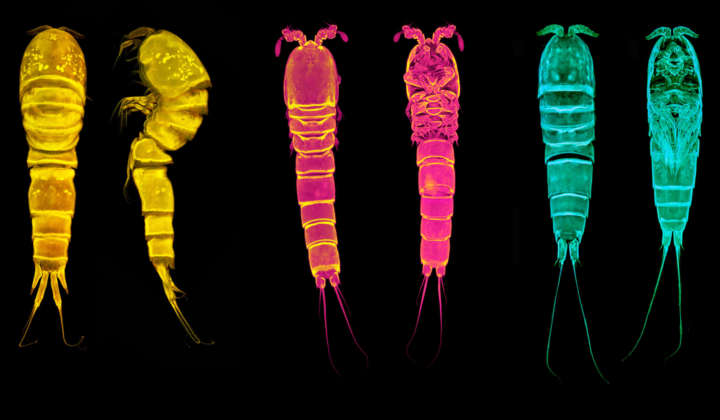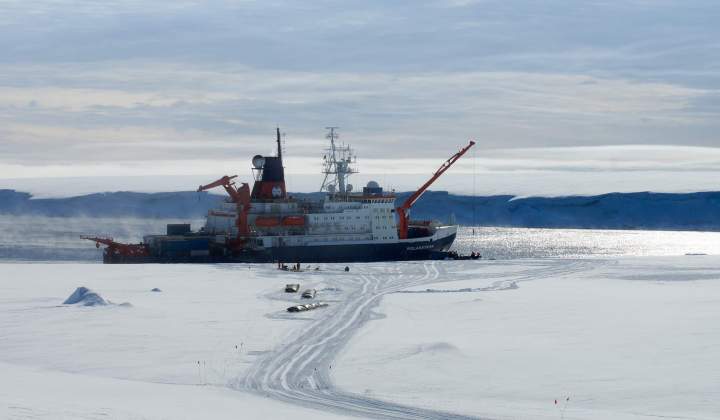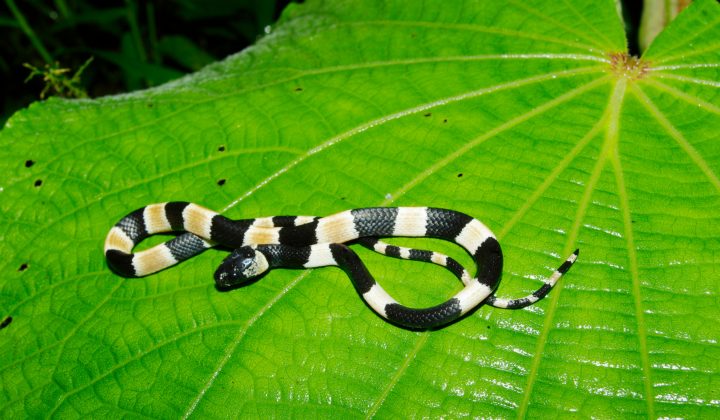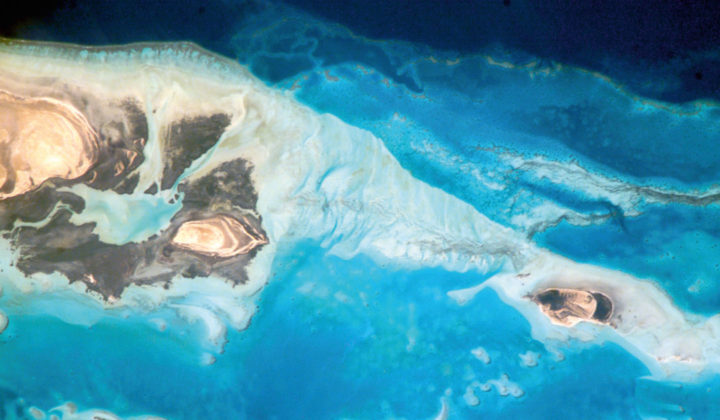Research
Meiofauna is not only defined by its small body size between 32 µm and 1 mm. These organisms also differ from the larger macrofauna by their way of life and their reproductive strategies. Their role in the ecosystem “seabed” from the tidal areas to the deep sea is comparable to the role of microorganisms in the garden soil or in compost. They are decomposers and users of all organic material that accumulates at the seafloor. But there are also predatory representatives in the many animal groups that make up the meiofauna.
